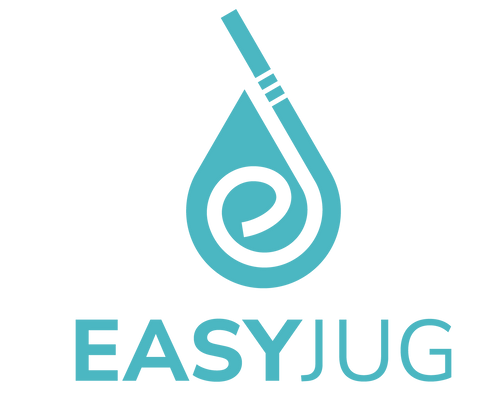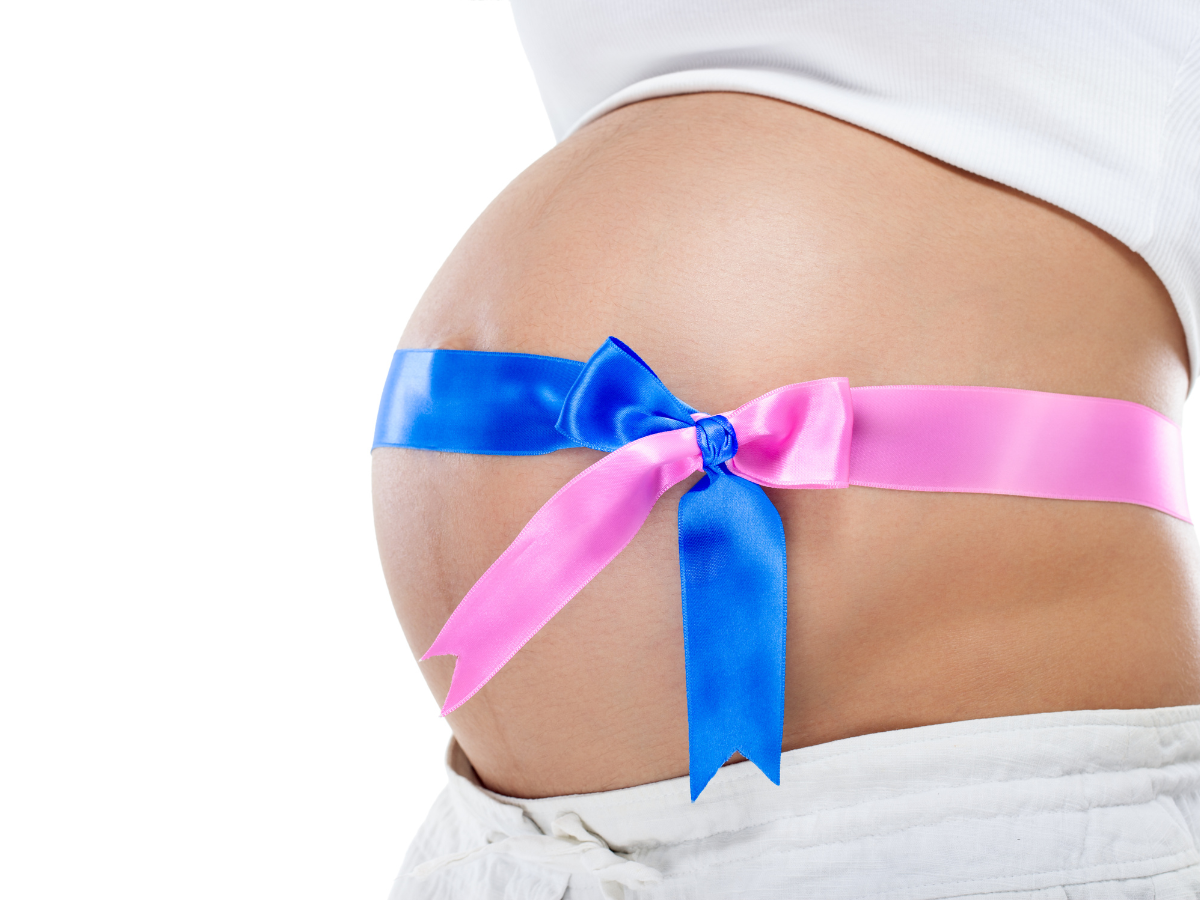Breastfeeding is a beautiful journey that nurtures the bond between you and your baby, but it can often be accompanied by discomfort or pain, especially in the early days. Many new mothers find themselves asking, "When does breastfeeding stop hurting?" The pain can stem from various issues such as sore nipples, breast engorgement, blocked ducts, and cracked nipples. While the initial discomfort usually subsides after the first month, it's important to understand the underlying causes and effective ways to manage the pain. In this comprehensive guide, we'll explore why breastfeeding can be painful, when you can expect the pain to diminish, and practical tips to alleviate discomfort, ensuring a smoother and more enjoyable breastfeeding experience.
Why Does Breastfeeding Hurt?
Breastfeeding can be painful for several reasons, particularly during the early weeks as both mother and baby are learning and adjusting. Understanding these causes can help in managing and alleviating the pain effectively.
Sore Nipples and Nipple Pain
One of the most common reasons for breastfeeding pain is sore nipples. This pain is often a result of an improper latch. When the baby doesn't latch correctly, they might only suck on the nipple rather than the areola, causing soreness and even damage to the nipple. Frequent feeding, especially in the early days, can exacerbate this discomfort. Ensuring a proper latch, where the baby’s mouth covers both the nipple and a significant portion of the areola, can help reduce this pain.
Breast Engorgement
Breast engorgement occurs when your milk supply increases rapidly, usually a few days after birth. The breasts become overly full and hard, making them feel tender and painful. This condition can also make it difficult for the baby to latch properly, further contributing to nipple pain. To relieve engorgement, try expressing a small amount of milk before feeding to soften the breast, and feed frequently to maintain a steady milk flow.
Blocked Ducts and Milk Blisters
Blocked milk ducts can lead to deep breast pain and tenderness. These occur when milk flow is obstructed, causing a backup that leads to a firm, tender lump in the breast. Milk blisters, or blebs, are tiny white spots on the nipple that can cause sharp pain. To address blocked ducts, gentle massage, warm compresses, and ensuring the baby empties the breast can help. Milk blisters often resolve with frequent nursing and proper latch.
Cracked Nipples
Cracked nipples are a painful condition often resulting from a poor latch or nipple sensitivity. When the baby’s latch is not deep enough, the nipple can be subjected to friction and trauma, leading to cracks and bleeding. Using nipple creams and breast shells can protect and heal cracked nipples. Additionally, allowing some air time for the nipples and using breast pads to keep them dry can also aid in healing.

Other Potential Causes
In addition to these common issues, other factors can contribute to breastfeeding pain. These include:
- Thrush: A fungal infection that can cause sharp, burning pain in the nipples and breasts.
- Mastitis: A bacterial infection that results in flu-like symptoms, breast inflammation, and severe pain.
- Tongue-Tie: A condition where the baby’s tongue movement is restricted, leading to a poor latch and nipple pain.
When Does the Pain Stop?
For most mothers, breastfeeding pain significantly reduces after the first month. By the time your baby is six to eight weeks old, breastfeeding should feel more comfortable. However, if you experience persistent pain, it's essential to seek help from a lactation consultant or healthcare provider.
Tips for Reducing Breastfeeding Pain
- Ensure a Good Latch: A good latch is crucial. Your baby's mouth should cover both the nipple and a significant portion of the areola.
- Try Different Positions: Experiment with different breastfeeding positions to find what works best for you and your baby. The laid-back breastfeeding position can help.
- Use Breast Pads and Gel Pads: These can provide relief for sore nipples.
- Warm Showers and Warm Water Compresses: These can soothe painful breasts and help with milk flow.
- Nipple Cream and Breast Shells: These can protect and heal cracked nipples.
- Seek Expert Advice: Consult a lactation specialist or health visitor for personalized guidance.

When to Seek Help
If you experience symptoms of mastitis, such as flu-like symptoms, inflammation of the breast, red streaks, or a breast abscess, contact your healthcare provider immediately. Persistent nipple damage, pain, or signs of an infection also warrant professional advice.
The Importance of Hydration for Breastfeeding
Hydration plays a crucial role in your breastfeeding journey. Adequate fluid intake is essential not only for maintaining your overall health but also for ensuring a smooth and comfortable breastfeeding experience. Dehydration can impact your milk supply, potentially leading to various breastfeeding issues, including pain.
How Hydration Affects Breastfeeding
-
Milk Supply: Staying well-hydrated helps maintain a healthy milk supply. Dehydration can reduce your milk production, which may cause your baby to nurse more frequently and vigorously, leading to nipple soreness and breast pain.
-
Milk Flow: Proper hydration ensures a steady milk flow, reducing the risk of clogged ducts and blocked milk ducts, which can cause deep breast pain and discomfort.
-
Nipple Health: Adequate hydration supports overall skin health, including the skin on your nipples. Well-hydrated skin is less likely to crack or become sore.
-
Energy Levels: Hydration impacts your energy levels and overall well-being. Feeling fatigued can make the physical demands of breastfeeding more challenging, potentially exacerbating pain and discomfort.
Tips for Staying Hydrated While Breastfeeding
- Drink Plenty of Water: Aim to drink at least 8-10 glasses of water a day. Keep a water bottle like the EasyJug by your side during breastfeeding sessions.
- Hydrate with Nutritious Fluids: In addition to water, include hydrating fluids such as herbal teas, soups, and smoothies in your diet.
- Listen to Your Body: Thirst is a signal from your body that you need more fluids. Drink water whenever you feel thirsty, and try to establish a routine of drinking water before, during, and after breastfeeding sessions.
- Monitor Your Hydration: Check the color of your urine to gauge your hydration level. Pale yellow urine usually indicates good hydration, while darker urine suggests you need more fluids.
EasyJug: Your Hydration Companion
At EasyJug, we understand the importance of staying hydrated, especially for breastfeeding mothers. Our water bottles are designed to be convenient and efficient, making it easier for you to meet your hydration needs. With features that cater specifically to new mothers, such as ergonomic designs and a large capacity, EasyJug helps you stay hydrated without hassle.
Why EasyJug is the Best Water Bottle for Breastfeeding Moms
Hydration is essential for breastfeeding mothers, and EasyJug is designed to make staying hydrated simple and efficient. Here’s why EasyJug is the ultimate water bottle for breastfeeding moms:
Hands-Free Hydration
The EasyJug Hands-Free Water Bottle features a long 47-inch straw, allowing you to hydrate effortlessly in any breastfeeding position. Whether you’re sitting up, lying down, or using a side-lying position during late-night feeds, you can drink without needing to reposition yourself or your baby. This hands-free convenience is invaluable for new moms who often have their hands full.
Convenient Design
EasyJug is thoughtfully designed to meet the unique needs of breastfeeding mothers:
- 2.2L Capacity: Ensures you have enough water to stay hydrated throughout the day without needing constant refills.
- External Clip: Keeps your water bottle within reach at all times, making it easy to access even when you're holding your baby.
- Cleaning Brush: Included to help you keep the long straw clean and hygienic.
Perfect for Post-Delivery and Beyond
Pack EasyJug in your hospital bag to stay hydrated easily post-delivery when moving or sitting up might be uncomfortable. Keep it at your nursing station so you can drink effortlessly while nursing. The EasyJug is particularly useful during those exhausting late-night feeds, allowing you to hydrate without disturbing your baby’s latch or position.
Leak-Proof and User-Friendly
After drinking, simply clip the straw on top of the lid to prevent leakage. This ensures that you can sip and relax without worrying about spills, making EasyJug a practical addition to your breastfeeding routine.
Support Your Health and Recovery
Staying well-hydrated supports your overall health, milk supply, and recovery process. EasyJug promotes healthy habits by making hydration easy and accessible, helping you feel your best as you care for your baby.
Explore More Resources for New Mothers
At EasyJug, we are dedicated to supporting you through every step of your motherhood journey. Whether you're facing challenges with breastfeeding, postpartum recovery, or emotional well-being, we have a wealth of resources to help you navigate these experiences with confidence and ease. Check out some of our most popular articles designed to empower and educate new mothers:
Effective Ways to Relieve Engorged Breasts When You're Not Breastfeeding
Breast engorgement can be incredibly uncomfortable, especially if you're not currently breastfeeding. This article provides practical tips and strategies to relieve engorged breasts, including the use of cold compresses, gentle massage techniques, and over-the-counter remedies. Learn how to manage engorgement effectively to reduce pain and prevent complications.
Tips For Postpartum Constipation While Breastfeeding
Postpartum constipation is a common issue that many new mothers face, often exacerbated by the demands of breastfeeding. Our article offers simple and effective tips to alleviate constipation, such as dietary adjustments, hydration strategies, and safe, natural remedies. Discover how to maintain digestive health while ensuring you and your baby are well-nourished.
The Ultimate Guide to Herbal Baths for Postpartum Healing
Herbal baths can be a soothing and healing practice for postpartum recovery. This comprehensive guide explores the benefits of various herbs, step-by-step instructions for preparing herbal baths, and tips for incorporating this relaxing ritual into your self-care routine. Enhance your postpartum healing process with the power of nature.
Postpartum Anxiety Test: A New Mother's Essential Evaluation
Postpartum anxiety is a serious concern that affects many new mothers. This article features an essential evaluation test to help you identify symptoms of postpartum anxiety. It also provides valuable information on coping strategies, professional resources, and when to seek help. Take control of your mental health and well-being with this vital resource.
Conclusion
Breastfeeding is a rewarding yet challenging journey, and experiencing discomfort in the early days is completely normal. At EasyJug, we're committed to providing empathetic and expert support to help you navigate these challenges. By understanding the causes of breastfeeding pain, implementing effective relief strategies, and maintaining proper hydration with our EasyJug water bottle, you can enhance your breastfeeding experience and focus on the beautiful bond with your baby. Remember, you are not alone on this journey—our community and resources are here to support you every step of the way. Explore more of our helpful articles and join the EasyJug community to ensure you have the best breastfeeding experience possible.






